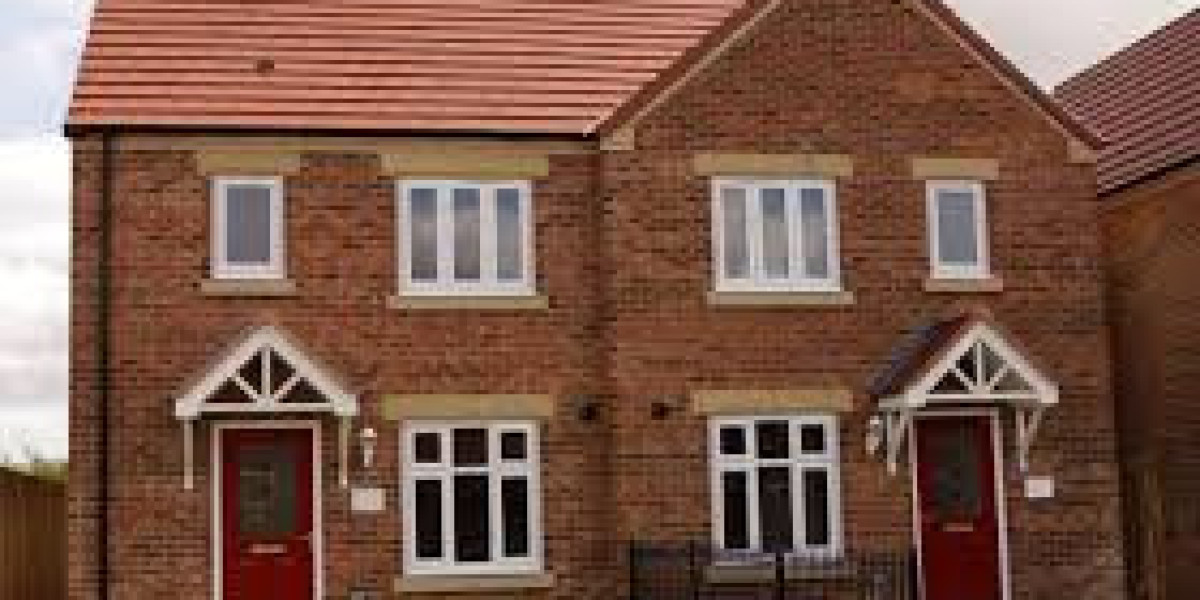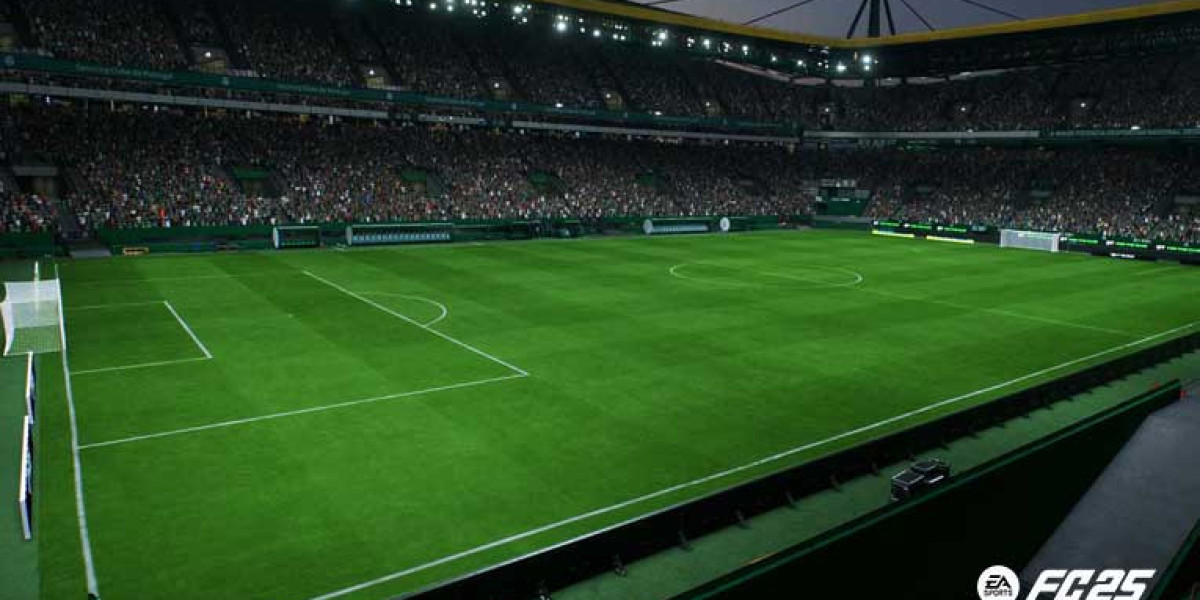Introduction
Window installation is a critical aspect of building construction and renovation that significantly impacts energy efficiency, aesthetics, and overall property value. As advancements in technology and materials continue to evolve, the methods of window installation have also transformed, leading to improved performance and functionality. This article explores the various techniques and considerations involved in modern window installation, focusing on energy efficiency, aesthetic integration, and best practices for optimal results.
The Importance of Energy Efficiency
Windows are often the weakest link in a building’s thermal envelope, allowing heat loss in winter and heat gain in summer. According to the U.S. Department of Energy, approximately 30% of residential heating and cooling energy consumption can be attributed to inefficient windows. Therefore, selecting the right windows and employing proper installation techniques are essential for enhancing energy efficiency. Key factors to consider include:

- Window Type and Glazing: Different window types, such as double-hung, casement, and sliding windows, come with varying energy performance ratings. Glazing options, including low-emissivity (Low-E) coatings and argon gas fills, can further improve insulation properties. Low-E coatings reflect infrared light, keeping heat inside during winter and outside during summer, while argon gas reduces heat transfer.
- Frame Materials: The choice of frame materials—vinyl, wood, fiberglass, or https://programminginsider.com/let-the-light-in-how-to-choose-the-right-new-windows-for-your-harpenden-home/ aluminum—also influences energy efficiency. Vinyl and fiberglass frames typically offer better insulation than aluminum, which conducts heat readily. Understanding the thermal performance of different materials can guide homeowners and builders in making informed decisions.
- Installation Techniques: Proper installation is crucial for maximizing energy efficiency. Poorly installed windows can lead to air leaks, moisture intrusion, and reduced performance. Techniques such as using flashing to direct water away from the window and ensuring a tight seal with caulk or foam insulation can help prevent these issues.
Best Practices for Window Installation
To achieve optimal results, several best practices should be followed during window installation. These practices not only enhance energy efficiency but also contribute to the longevity and performance of the windows.

- Preparation of the Opening: Before installation, it is essential to prepare the window opening adequately. This includes ensuring the rough opening is square, level, and plumb. Any irregularities should be corrected to facilitate a proper fit for the window. Additionally, the sill should be sloped to allow for water drainage.
- Use of Flashing: Flashing is a critical component in window installation that helps prevent water infiltration. It should be installed according to manufacturer specifications, typically in a shingle fashion, to direct water away from the window assembly. Properly installed flashing can significantly reduce the risk of mold and rot.
- Sealing and Insulation: After placing the window in the opening, it is vital to seal the perimeter with high-quality caulk or spray foam insulation. This step minimizes air leakage and enhances the window’s energy performance. It is also essential to follow the manufacturer’s guidelines for the type and amount of insulation to use.
- Shimming and Securing: Windows should be shimmed to ensure they are level and plumb before securing them in place. Shims can be added to the sides or bottom of the window frame to achieve the desired position. Once properly aligned, the window should be fastened securely according to the manufacturer’s instructions.
- Final Inspection: After installation, a thorough inspection should be conducted to ensure that the window operates correctly and that there are no visible gaps or leaks. Homeowners should also check for proper sealing and insulation, as well as the functionality of any moving parts, such as locks and sashes.
Aesthetic Considerations in Window Installation
Beyond energy efficiency, windows play a crucial role in a building's aesthetics. The design, style, and placement of windows can significantly influence the overall appearance of a structure. Here are some key aesthetic considerations:
- Architectural Style: The choice of window style should complement the architectural design of the building. Traditional homes may benefit from double-hung or casement windows, while modern designs may call for large picture windows or sliding glass doors. Selecting windows that align with the overall style enhances visual appeal.
- Color and Finish: The color and finish of window frames can dramatically affect a building’s exterior. Homeowners should consider colors that harmonize with the overall color scheme of the property. Many manufacturers offer a variety of finishes, including wood grain, to achieve the desired aesthetic.
- Placement and Size: The placement and size of windows can impact natural light, ventilation, and views. Strategically positioned windows can enhance indoor comfort while providing stunning outdoor views. Larger windows can create a sense of openness, while smaller windows may offer a cozier feel.
- Window Treatments: The choice of window treatments, such as blinds, shades, or drapes, can further enhance the aesthetic appeal of the windows. Homeowners should consider the functionality and style of window treatments to achieve a cohesive look.
Conclusion
Window installation is a multifaceted process that requires careful consideration of energy efficiency, aesthetics, and best practices. By selecting the right window types, glazing options, and frame materials, homeowners can significantly enhance their property’s energy performance. Additionally, employing proper installation techniques ensures the longevity and functionality of the windows while contributing to the building’s overall aesthetic appeal. As technology and materials continue to evolve, staying informed about the latest trends and best practices will empower homeowners and builders to make the most of their window installation projects. Through thoughtful planning and execution, window installation can transform a building, improving both its energy efficiency and visual impact.



